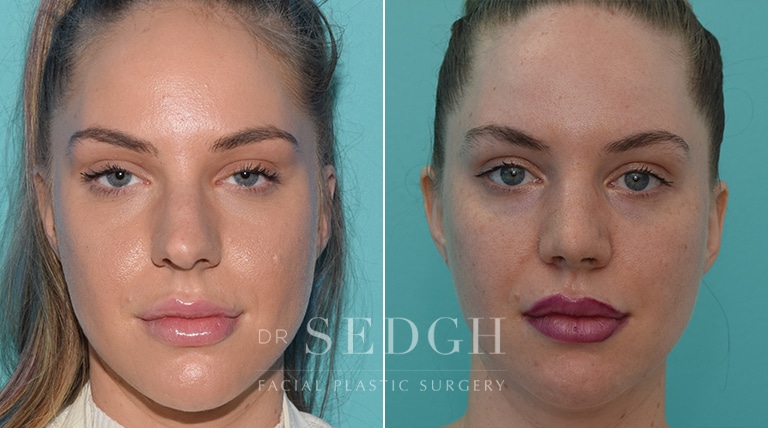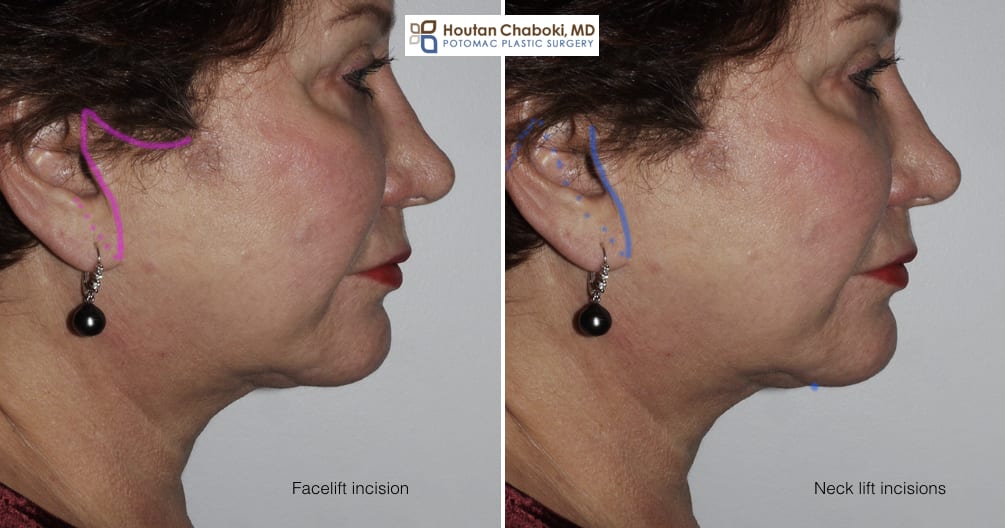
First, learn about what you can expect during facial implant surgery. Learn about the recovery process, the incisions, and the recommended surgeon. You should also learn about the possible risks involved in this procedure. The New York Plastic Surgical Group can provide expert surgical care for facial implant surgery.
Recovery after facial implant surgery
It is important that patients take time to recover from surgery. There will be some swelling andbruising after the procedure. They should avoid strenuous activities the first 2 weeks. A dressing will be placed over the incision. The type and dosage of pain medication used determine how long it takes for the patient to heal. The entire recovery period takes approximately three to four weeks.
Facial implant surgery can be performed in the office or in a hospital. General anesthesia is used to sedate the patient during surgery. An incision will need to be made at the lower lip or inside of the mouth by the surgeon. The incisions will be closed with stitches. Patients may also have bandaging or tape to help reduce swelling. After surgery, the sutures must be removed within seven to ten working days.

The patient should remain in the recovery area until they feel alert and have stabilized their vital signs. The most common side effect of facial implant surgery is a sore throat. It is usually temporary. Any discomfort experienced by patients should be reported immediately to their doctor. Most facial implant procedures can only be done in an outpatient setting. Patients need to have someone driving them home. They should have someone with them the first night.
Incisions for facial implant surgery
The type of facial implant and the location it will be placed depend on which incisions are used. Many times, cheek implants are placed through incisions made within the mouth. These are held in place by sutures. They may also be held in the place by metal screws. The stitches will usually dissolve in ten days.
Facial implant surgery is performed through the mouth. Bandages are used to cover incisions. You will be given specific instructions by your surgeon on how to care. He will also tell you when to return for follow-up appointments. You may feel a little bit numb for several days after the surgery.
This procedure involves the placement of synthetic materials underneath the subcutaneous tissue and onto bone. There are many types of materials that can be used to make facial implants. Every year, advances in materials science open up new possibilities. Though some patients prefer injectable fillers, facial implants remain a time-tested, permanent technique that can produce natural-looking results. If you're considering facial implant surgery, make sure you're in good health and have no serious medical conditions. Also, you should have realistic expectations about the outcome.

Recommendations from a surgeon performing facial implant surgery
A holistic approach is required for cosmetic surgery of the face. The surgeon must evaluate the patient's emotional state and decide if they can tolerate the procedure. The outcome of the procedure can be affected if the patient is anxious about it. Before the procedure, the surgeon will examine the patient's face and assess any risk factors. A patient could have high blood pressure or scarring in the past. Other risk factors include smoking and blood clotting, which can lead to complications.
Recovery time after facial implant surgery varies. In most cases, the procedure can be performed in an outpatient setting. However, patients should be prepared for some swelling and bleeding for up to a week following surgery. Patients may need to wear braces while they sleep to prevent more swelling. After the procedure, the surgeon will provide specific instructions about oral hygiene and diet.